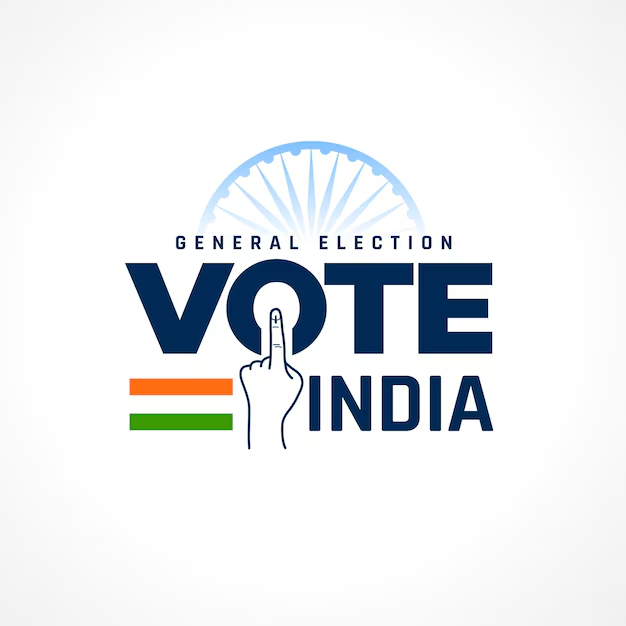 Indian politics continues to show how leadership style, messaging, and organisational strength decide electoral outcomes. The contrasting results of Rahul Gandhi, Narendra Modi, and Nitish Kumar clearly reflect how voters evaluate leaders not only on promises but also on credibility and delivery.
Indian politics continues to show how leadership style, messaging, and organisational strength decide electoral outcomes. The contrasting results of Rahul Gandhi, Narendra Modi, and Nitish Kumar clearly reflect how voters evaluate leaders not only on promises but also on credibility and delivery.
Rahul Gandhi’s biggest challenge is not intent but execution. His speeches often sound idealistic, but they do not convert into concrete political impact. Voters listen to him, but they do not feel guided by a clear roadmap that addresses their everyday struggles related to employment, inflation, or safety. His campaigns end up high on emotion but low on strategic follow-through.
Another reason for Rahul Gandhi’s repeated losses is the credibility gap surrounding the Congress party. Over the years, many voters have begun to see the Congress as politically indecisive and organisationally weak. Even in states where the party gains momentum, internal conflicts and delayed decisions damage its chances. Rahul suffers because he leads a party that has not yet modernised its structure or political strategy.
On the other hand, Narendra Modi’s victories come from a sharply defined narrative that reaches every class of voters. Modi projects himself as strong, decisive, and stable—qualities that appeal deeply in uncertain political or economic times. The BJP’s disciplined cadre, massive booth-level organisation, and powerful communication machinery ensure that Modi’s message reaches villages, towns, and cities with equal force.
Modi’s success also comes from a dual strategy: development for the aspirational voter and nationalism for the emotional voter. With welfare schemes, infrastructure projects, and national-security messaging, the BJP appeals to a wide section of society. Compared to this, the Congress’s messaging feels scattered and inconsistent.
Nitish Kumar, meanwhile, wins because he represents practical governance. He does not try to be a grand visionary but instead positions himself as a manager who delivers basic services. His reputation for improving roads, electricity, education, and women’s safety continues to give him credibility in Bihar’s complex political landscape. Even when he changes alliances, voters still view him as someone who ensures stability.
Nitish’s strength also lies in his deep understanding of social engineering and caste dynamics. Combined with his long-term administrative control, he remains a reliable figure for many communities. This makes him far more electable when compared to Rahul Gandhi’s perception as an inconsistent or reluctant politician.
At the ground level, organisational strength often decides elections. The BJP has built the strongest booth-level machinery in India, while Nitish has a long-standing administrative network. Congress, on the other hand, is still struggling to rebuild its cadre, leading to gaps between campaign promises and ground execution. Without a strong organisational spine, Rahul’s message fails to convert into votes.
Ultimately, the verdict is clear: Rahul Gandhi loses because he lacks the machinery and credibility required to win modern elections. Modi wins because he delivers a mix of authority, nationalism, and development backed by a massive political structure. Nitish wins because voters trust his practical governance and steady hand. In India’s political arena, ideas alone do not win—ideas supported by organisation, clarity, and consistency do.